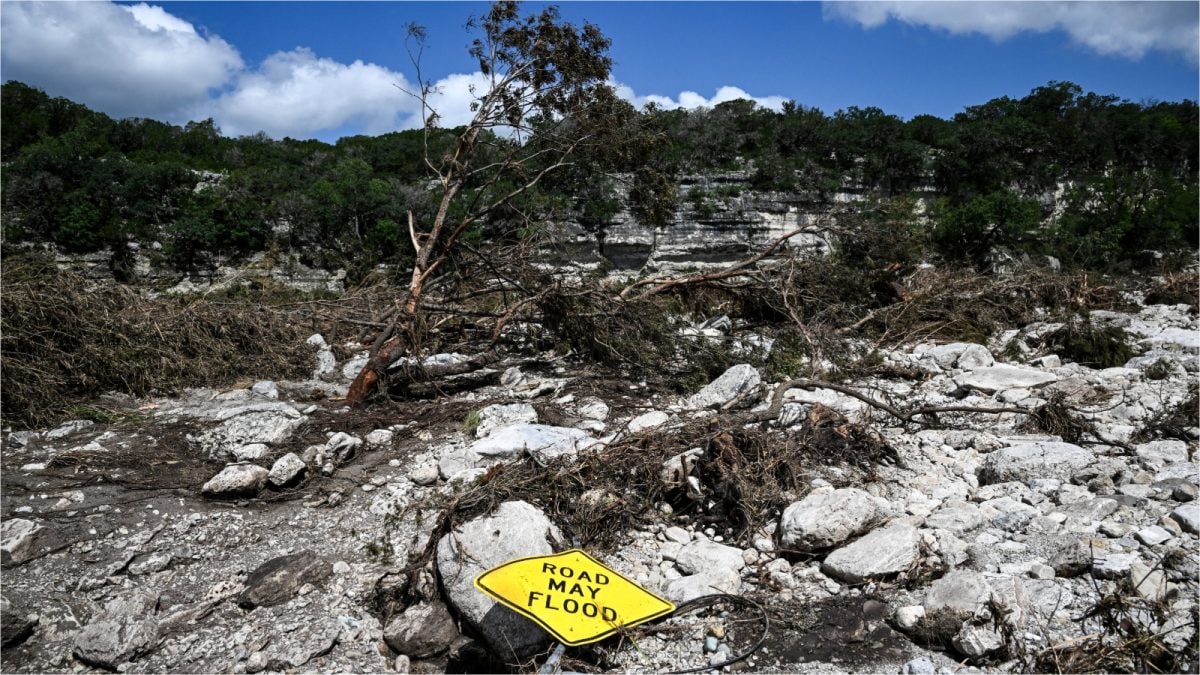Last Updated:June 04, 2025, 08:49 IST
New research shows a 50% chance of a Milky Way-Andromeda collision, challenging earlier predictions and shifting focus from 'when' to 'if' the event will occur

According to this study, there is an equal likelihood that the two galaxies could pass one another without any direct impact. (News18)
For decades, astronomers have predicted a dramatic future collision between our own Milky Way galaxy and its nearest giant neighbour, Andromeda. This scenario was bolstered in 2012 by findings from NASA’s Hubble Space Telescope, which suggested the two spiral galaxies would merge in 4 to 5 billion years, forming a massive elliptical galaxy dubbed ‘Milkomeda’.
However, new research published in Nature Astronomy has cast doubt on this once widely accepted narrative. Led by astrophysicist Dr Till Sawala of the University of Helsinki, the study proposes that the collision may not be inevitable after all.
Rethinking The Future Of The Galaxies
The Milky Way and Andromeda are currently about 2.5 million light-years apart. Earlier models assumed a head-on collision was certain, but Dr Sawala’s team utilised updated data from advanced observatories, including the Gaia satellite and the Hubble Telescope, running high-fidelity simulations of galactic movements over the next 10 billion years.
The result: the probability of a collision is now estimated at just 50%. In other words, there is an equal likelihood that the two galaxies could pass one another without a direct impact.
Role Of The Wider Galactic Neighbourhood
The study also explored how other nearby galaxies within the Local Group influence the scenario. When only the Milky Way and Andromeda were modelled, the 50% collision rate held. Including the Triangulum Galaxy (M33) raised this chance to 66%, while factoring in the Large Magellanic Cloud (LMC) instead reduced it to 33%.
These findings demonstrate that gravitational interactions within the Local Group, which also contains dozens of smaller galaxies, complicate predictions about the Milky Way’s fate.
The animation in this YouTube video depicts the collision of the Milky Way galaxy and the Andromeda galaxy.
Two Possible Outcomes
According to Dr Sawala, two key scenarios exist: if the galaxies come sufficiently close during their initial encounter (the first pericentre), gravitational drag from their dark matter halos could ensure a merger. If not, the galaxies may continue orbiting each other for billions of years without ever colliding.
Rather than concluding definitively whether a collision will or will not occur, the research reframes the issue from one of certainty to one of probability. “Earlier calculations weren’t wrong," said Dr Sawala, “but with deeper analysis, we now see that a collision is not the only outcome." He added that the shift in perspective will spur scientists to refine models and collect more precise data in future studies.
Location :Finland
First Published:News world Doomsday Delayed? Milky Way And Andromeda May Not Collide After All

 1 month ago
1 month ago

















